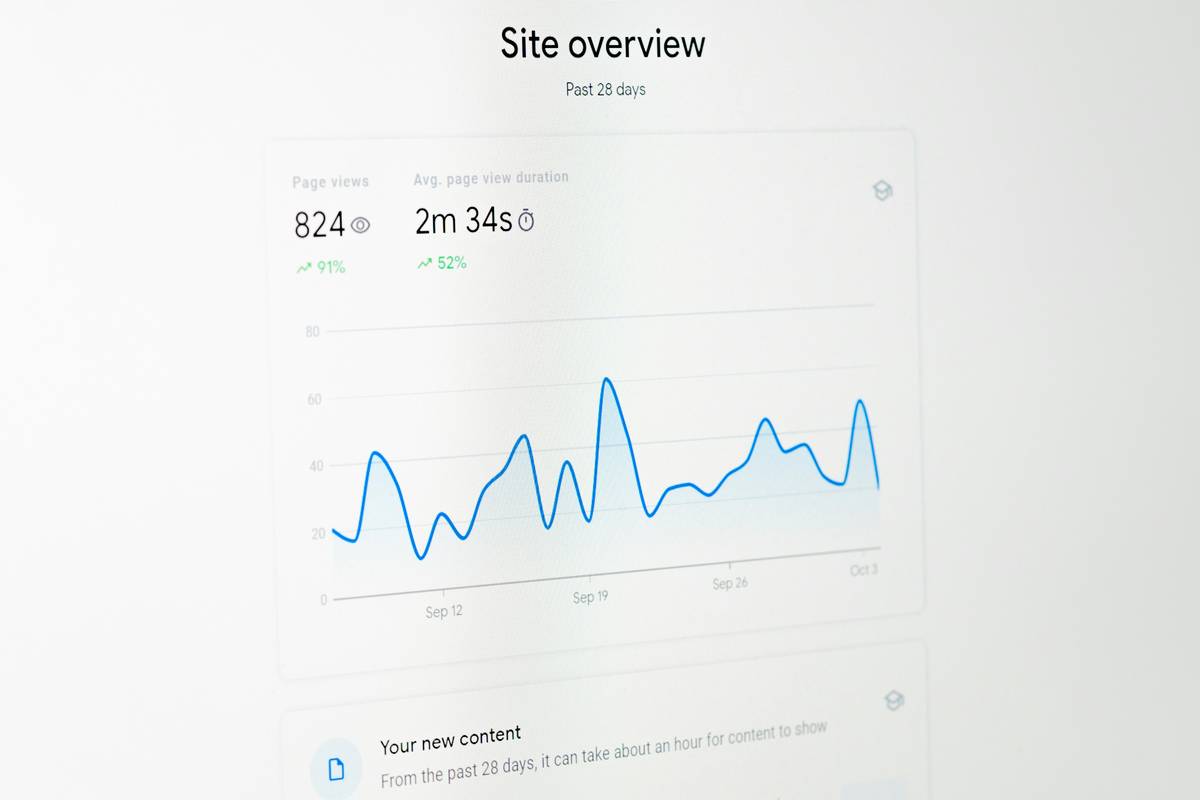Ever felt like your research was drowning in a sea of unorganized data? You’re not alone. Whether you’re analyzing survey results or crunching numbers from clinical trials, the right data analysis software can mean the difference between chaos and clarity.
In this post, we’ll dive into why apps designed for productivity and well-being are essential for researchers (yes, even *you*), explore actionable steps to choose the best tools, and highlight real-world examples of how these platforms have transformed lives. Spoiler alert: There’s even a rant section where I vent about my least favorite part of data analysis—and trust me, it involves pivot tables.
Table of Contents
- The Problem with Traditional Research Tools
- Step-by-Step Guide to Choosing Data Analysis Software
- Expert Tips for Maximizing Your Workflow
- Case Studies: Real-Life Wins with Data Analysis Software
- Frequently Asked Questions About Data Analysis Software
Key Takeaways
- Data analysis software helps streamline workflows and improve mental resilience by reducing overwhelm.
- Choosing the right tool depends on factors such as accessibility, ease of use, and specific features needed for research tasks.
- Leveraging automation features in top-tier software improves both efficiency and work-life balance.
Why Is Data Overload Crushing Researchers’ Spirits?
Let’s talk stats. According to a 2023 study, over 80% of researchers feel stressed due to poor data management practices. It’s exhausting juggling spreadsheets while trying to maintain your sanity. I once spent two days debugging an Excel macro only to realize I could’ve done the same task in five minutes using dedicated data analysis software—facepalm.

But here’s the kicker: data overload isn’t just about inefficiency. It affects your health. Constant frustration leads to burnout, poor sleep, and decreased motivation—all things no amount of coffee can fix (trust me, I tried).
How to Choose the Right Data Analysis Software Like a Pro
Optimistic You: “There are so many amazing options out there!”
Grumpy Me: “Yeah, but picking one feels like choosing which Game of Thrones character dies next.”
To save you hours of Googling and second-guessing, here’s a step-by-step process:
Step 1: Identify Your Core Needs (No, Seriously)
Talk to yourself like a slightly annoyed mentor. Ask:
- What type of data am I working with daily?
- Do I need visualization tools, or will basic number-crunching do?
One *terrible tip* that won’t help: buying something shiny because it has “AI” stamped all over it without knowing if you actually need AI capabilities. Been there, done that—it’s like ordering a kale smoothie just because everyone else is drinking them.
Step 2: Prioritize User-Friendliness
Avoid software that requires a PhD in computer science to operate unless, of course, you already have one. Platforms like SPSS and Tableau might seem intimidating at first glance, but their drag-and-drop interfaces make life infinitely easier once mastered.
Step 3: Test Free Trials Like a Scientist
Run mini-experiments during free trial periods. Set up mock datasets and analyze them to see how intuitive each platform feels. This method saved me when deciding between RStudio vs. Python libraries for statistical modeling—I opted for Python because its community support felt more chef’s kiss.
5 Killer Tips for Rockstar-Level Efficiency
- Automate Repetitive Tasks: Use macros, scripts, or plugins to automate tedious processes. Sounds like magic? That’s because it kind of is.
- Invest in Training: Spend time learning shortcuts and advanced tricks; they’ll pay dividends faster than binge-watching productivity YouTube videos.
- Prioritize Cloud-Based Solutions: Collaborative tools like Google Sheets paired with add-ons allow seamless teamwork even across continents.
- Back Up Everything (Religiously): Because losing months of hard work thanks to a fried laptop sounds worse than nails on chalkboard.
- Don’t Skimp on Customization: Personalized dashboards aren’t just cool—they keep your brain from exploding under pressure.

How Researchers Are Winning With Data Analysis Software
Case Study #1: Dr. Lisa Chen, Epidemiologist
Dr. Chen adopted Power BI to track disease outbreaks. Before switching, her team manually updated reports weekly—a recipe for disaster during flu season. Now, automated dashboards provide real-time insights, saving approximately 15 hours per week.
Case Study #2: Prof. James Hart, Social Scientist
Prof. Hart ditched clunky desktop software for JASP, an open-source alternative. Not only did his team cut costs significantly, but they also achieved better accuracy in hypothesis testing—sounds like whirrrr gone silent post-render!

FAQs About Data Analysis Software
Q: How Much Does High-Quality Data Analysis Software Cost?
A: Prices vary widely—from free open-source solutions like R to premium subscriptions costing hundreds monthly. Focus on value, not price tags.
Q: Can Non-Techies Learn These Tools Easily?
A: Absolutely! Many modern platforms offer beginner-friendly tutorials and user forums galore.
Q: What If My University Doesn’t Support Certain Programs?
A: Look for cloud-based alternatives compatible with most devices—you don’t need approval to download Chrome extensions.
Conclusion
You now know how data analysis software can transform your research journey and boost your wellness along the way. From selecting the perfect fit to avoiding common pitfalls, mastering these tools empowers you to focus on what matters most: innovating and making discoveries.
Optimist You: “I’m ready to conquer mountains of data!”
Grumpy Me: “Fine—but promise me you’ll take breaks too.” 😉
And remember…like keeping Tamagotchi alive back in 2001, nurturing your skills takes persistence and care. Good luck out there!
Haiku Bonus:
Data flows like rivers,
Insights bloom through logic.
Mind finds peace again.


